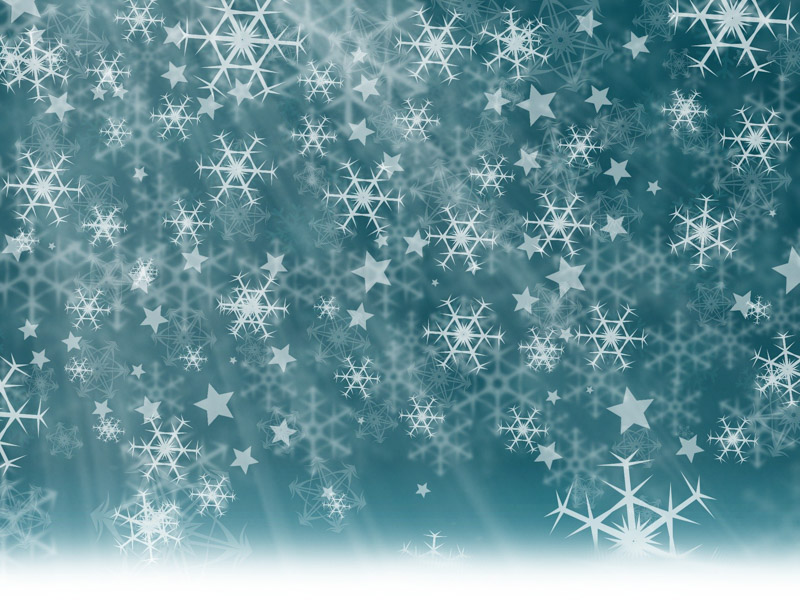Glacier Game
Overview
Review the effects of retreating glaciers and increasing stream flows and erosion on river, coastal, and ocean ecosystems.
Focus Questions
- How do melting glaciers affect stream flows, erosion, and habitats for fish and wildlife?
Enduring Questions
- Climate patterns cause physical changes in the environment.
- Physical changes in the environment can change the conditions for life.
- Science and technology can be used to detect and solve problems.
Engagement
30 minutes
Briefly revisit the Glacier Change photos from Activity 2A.
Now that students have seen glaciers retreating, play the Glacier Game to introduce them to a range of effects that melting glaciers can have on land and river ecosystems. Through repetition and game-play the students will (inadvertently!) become familiar with these effects.
Two sizes of the game board are included. Glacier Game Board #1 is designed to be printed on one 11″ x 17″ piece of paper. Glacier Game Board #2 is designed to be printed on two 8.5″ x 11″ pieces of paper, then glued or taped together.
Before playing the game, ask students to respond to the following question in their science notebooks, in a format that is easy to follow and can be shared with others.
What are some of the physical and biological effects of increased glacier melting along the course of the river?
Exploration & Explanation
20-30 minutes
Introduce the game by telling students, “You and your team-mates have just been transformed into snowflakes that fell at the head of Seagrant Glacier a long time ago. Over time more and more snowflakes fell on top of you, and you have been compressed into an ice crystal. You slowly start to move down the slope. Roll dice (or a random number cube) to find out what happens to you on your journey to the ocean! Who will make it to the ocean first?”
Allow student teams to play long enough to have visited most of the spaces on the board. Some teams may play more than once.
Elaboration
30-45 minutes
Once students understand some of the potential impacts of melting glacier ice, have them consider the possible effects and impacts on ocean ecosystems from melting sea ice.
Brainstorm a list of possible impacts.
(Examples: loss of habitat for polar bears and seals who use ice as a habitat, less sunlight and heat reflected back to the atmosphere, change in timing of spring phytoplankton bloom, animals that use the edges of sea ice are moving northward, new channels for shipping and tourism)
Ask each student to make five “consequence” cards for a Sea Ice game.
Put these together into a class set as follows:
Ask for a volunteer to read one of his/her consequence cards. Ask the class, “Who has the same or a similar consequence?” Discuss the consequence and if it is correct and appropriate, record it on the board or an overhead projector.
Ask for a new consequence, and repeat until all the class impact cards have been included.
Extension
Students may want to develop a new game board for Sea Ice impacts, and share it with others.
Evaluation
10-15 minutes
1. Play “No Hands Questioning.” After wait time, call on students to provide an effect of increased glacier melting on the landscape and/or ecosystem. Students know that everyone needs to be ready to share ideas. Make a “class list” as you go, so students’ ideas will be reinforced or added to.
2. Use an exit ticket strategy, “Point of Most Significance.”
Students write down the most important points learned from the game on an exit ticket to turn in when they leave.
Teacher Needs
Teacher Prep
About 2 hours to read materials, gather supplies, and prepare student materials.
Materials List
- Dice (1 per game board), game markers, sticky notes
- Internet access, Glacier Game Board #1 or Glacier Game Board #2
Student Needs
Prior Knowledge
Knowledge of effect of melting sea ice (from Investigation 1), experience or instruction in concept mapping.
Vocabulary
ablation, advance, aspect, copepod, crevasse, equilibrium, euphotic, firn, isostatic rebound, recede, retreat, terminus, transparency, turbidity
Standards
Science GLEs Addressed
6th Grade: SA1.1, SA1.2, SA3.1, SB1.1, SB3.1, SC1.2, SC3.2, SD2.3, SE2.1, SE2.2
7th Grade: SA1.1, SA1.2, SA3.1, SB1.1, SE2.2
8th Grade: SA1.1, SA1.2, SA2.1, SE 2.2, SE3.1

